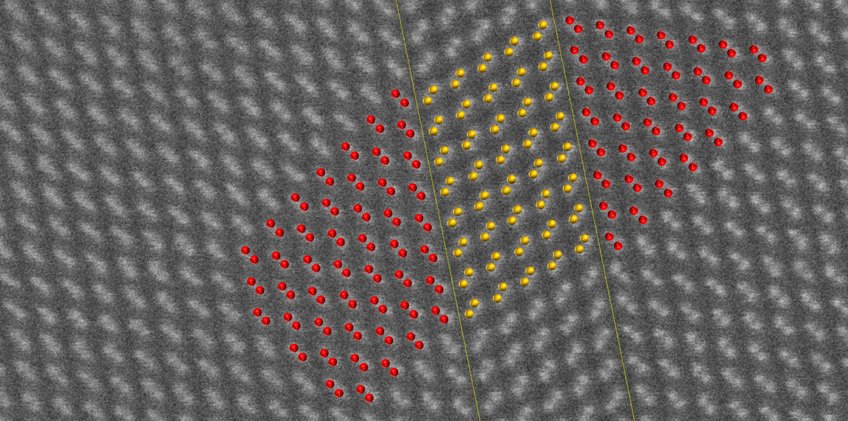
Imaging the thermoelectric transport properties of individual grain boundaries
Over 60% of the produced energy is lost as heat, making advancements in heat recovery and management critical. High-performance thermoelectrics -promising for waste heat harvesting and refrigerant-free cooling- require a complex interplay of efficient electrical and poor thermal conduction. One approach to achieve this is microstructural engineering. However, how individual microstructural features affect the local thermal and electrical conductivity remains unclear.
The Marie Sklowdowska Curie Action project MetaSCT aims at developing multiscale structure-chemistry-thermal property (SCT) correlations to advance grain-boundary engineering in thermoelectrics. Grain boundaries are a key strategy to suppress the thermal conductivity and enhance the thermoelectric performance. However, recent evidence on several material systems shows that their effect is more complex, and tightly connected with their structure and chemistry. In this respect, traditional bulk thermoelectric property measurements are limited, as their macro-scale nature prevents to identify the role of individual grain boundaries. The goal of MetaSCT is to combine atomic- and nano-scale structural and chemical characterizations with novel micro- and nano-scale thermal conductivity measurements to achieve a comprehensive picture of how grain boundaries behave.
In this project, we will leverage scanning transmission electron microscopy (STEM), atom probe tomography (APT) and frequency domain thermoreflectance (FDTR) to characterize the atomic structure, local chemistry and local thermal conductivity of high-performance thermoelectric materials. We will investigate compounds that show grain-boundary-dominated performance, and reveal which grain boundary structures and chemistries are more favorable for efficient thermoelectric transport.
Figure 1 shows an example of correlated STEM and FDTR imaging in silicon [1]: a strong thermal conductivity suppression is noticed in a localized sample area, which was found originating from a high density of nanotwinned Σ3 (111) boundaries.
![Figure 1: (left) Carrier mobility as a function of grain size and Ti doping in NbFeSb thermoelectrics, with EBSD maps revealing the different grain size. (Right) High resolution STEM and APT of the grain boundary complexion, showing different chemistry and structural arrangement than the bulk phase. Data from [1].](/5039301/original-1737735076.jpg?t=eyJ3aWR0aCI6MTM3OCwib2JqX2lkIjo1MDM5MzAxfQ%3D%3D--0d5af0eeebac2852141c4fea5a55cb1ab6ad03d9)
Project publications
![Figure 1: (left) Carrier mobility as a function of grain size and Ti doping in NbFeSb thermoelectrics, with EBSD maps revealing the different grain size. (Right) High resolution STEM and APT of the grain boundary complexion, showing different chemistry and structural arrangement than the bulk phase. Data from [1]. Figure 1: (left) Carrier mobility as a function of grain size and Ti doping in NbFeSb thermoelectrics, with EBSD maps revealing the different grain size. (Right) High resolution STEM and APT of the grain boundary complexion, showing different chemistry and structural arrangement than the bulk phase. Data from [1].](/5039301/original-1737735076.jpg?t=eyJ3aWR0aCI6ODQ4LCJmaWxlX2V4dGVuc2lvbiI6ImpwZyIsIm9ial9pZCI6NTAzOTMwMX0%3D--49a6dd8c3ecebbbc6bc142cd91ebec527d1caf44)